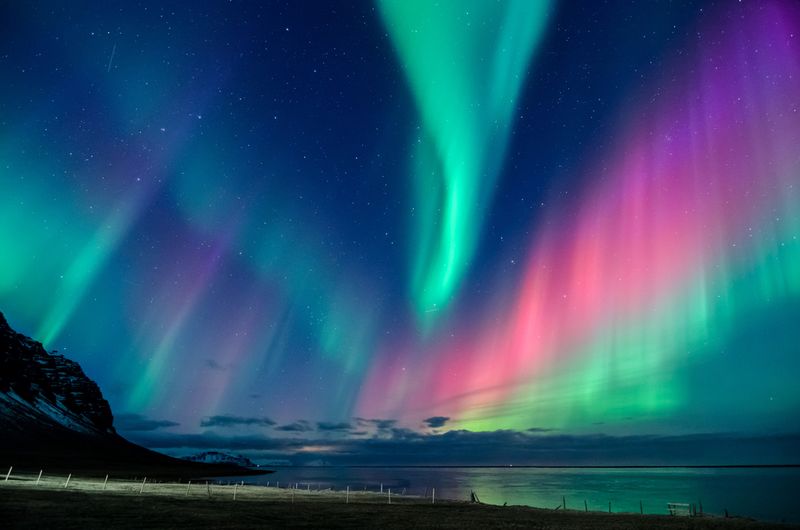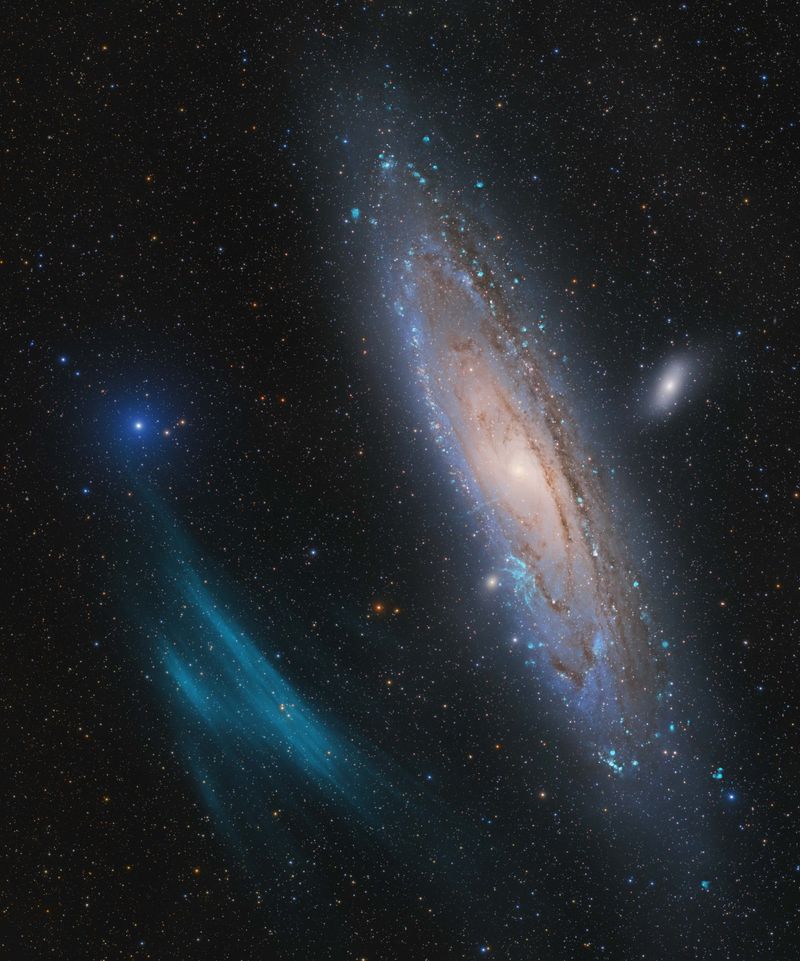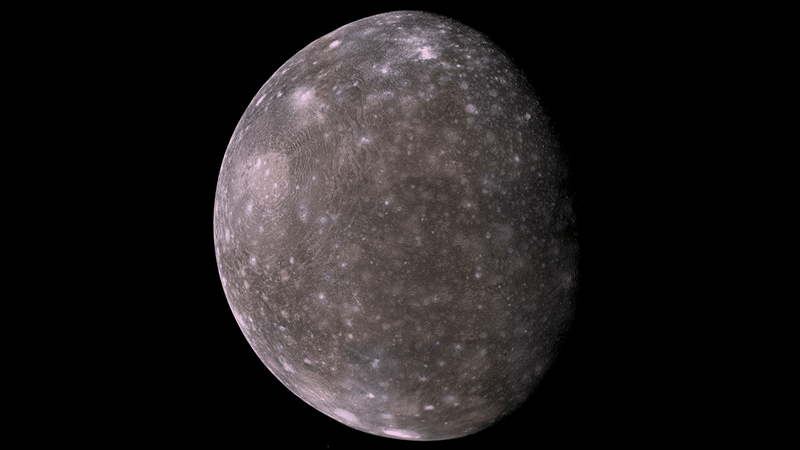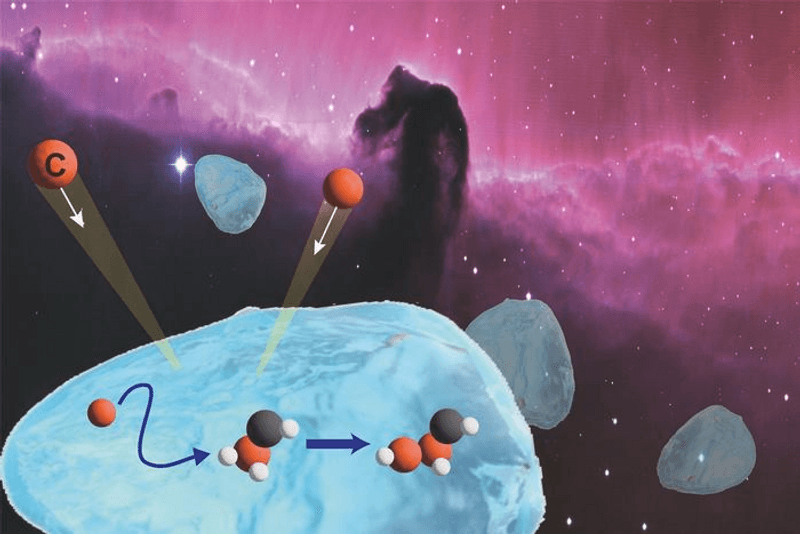A major coronal hole has opened up in the Sun's atmosphere and is now pointing almost straight at us. Such events are usually associated with an increase in solar wind speed and interplanetary magnetic field strength. If the location on the Sun is right, this can lead to geomagnetic storms and auroral activity as the charged particles encounter the Earth’s magnetic field. NASA is anticipating a G2 (moderate)-sized storm for the night of March 24.
Although there is always some uncertainty associated with such events, the closest comparable past coronal holes have led to aurora being seen as far south as New York and Seattle. No serious damage is anticipated, however. This is no Carrington event.
The most likely time to see auroras will be on Friday night this week, but G1-level geomagnetic storms on Thursday and Saturday could create a show for those closer to the Earth’s magnetic poles.
Then again, some places are already getting in early.




